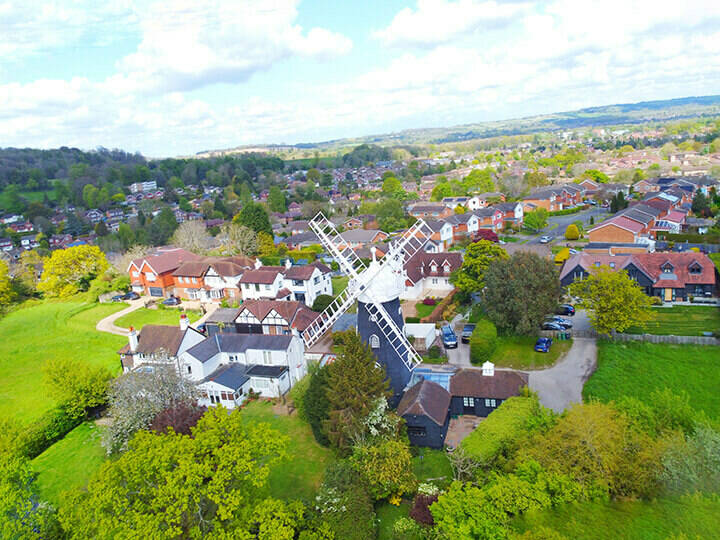Delivering service improvement through addressing: Huntingdonshire District Council.
Improving access to information is a key deliverable in the Government’s modernising agenda. At Huntingdonshire District Council, ‘Planning Public Access’ is meeting that promise by delivering online planning information to customers. The service uses the council’s LLPG as its key data-linking mechanism and search channel.
Planning for the future
Huntingdonshire District Council is the fourth largest district council in England, with an area of over 350 square miles (91,000 hectares) to the west of Cambridgeshire and a population of 160,000. The council’s planning department receives 3,000 planning applications per year. Prior to the development of Planning Public Access, the council’s online planning information service, anyone wanting to view a planning application would have to visit the planning department in person to access the information – something that was time-consuming and inconvenient for many people. Planning Public Access is not only making communication with the department easier, it is also helping the council to reach its e-government targets for electronic service delivery by 2005.
As an integral part of the planning website, Planning Public Access allows members of the public to interact with, and query, live planning application information. Users, such as members of the public, councillors, parish councils and developers, can access the most up-to-date information, held by the planning department, via the Internet. They can search specific properties or locations, view plans, track planning applications and submit comments on, and objections to, the applications via the Internet
Easy access to information
Planning information can be searched using the planning application case number or by property address held within the corporate LLPG. The information available includes the applicant’s name and address, the type of application, date of receipt, and the status of the application. Users can also view the digitised boundary of the planning application in association with map-based data delivered via the corporate geographic information system. Finally, users also have the ability to view all documents associated with the application including the application form, plans and drawings for the proposal.
Councillor Mike Simpson, Executive Councillor for Resources, Welfare and Information Technology explained:
"Our use of our LLPG has helped us join up information across the council to speed up the way we identify properties and land. This has been central to our ability to improve access to planning information, making it quicker and easier for people to find information about properties locally. Planning Public Access’ Property Search facility also uses the LLPG to allow users to look for planning details by address."
The service has been so successful it now attracts 2,500 users per month, and generates over 8,000 application searches. The LLPG contains details of about 84,000 properties, 3,500 streets and has over 400,000 cross-references for Huntingdonshire.
Councillor Simpson continued:
“Our use of our LLPG has helped us join up information across the council to speed up the way we identify properties and land.”



